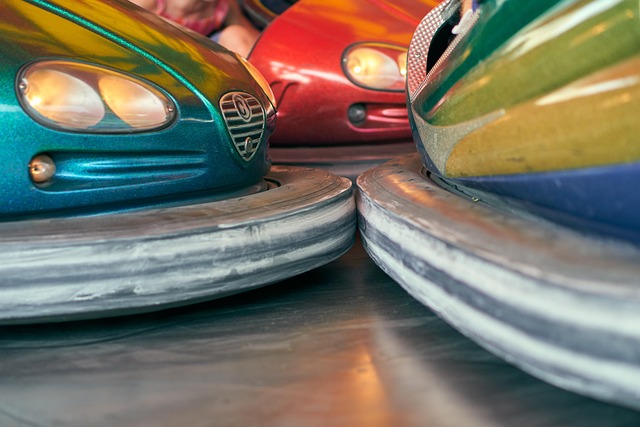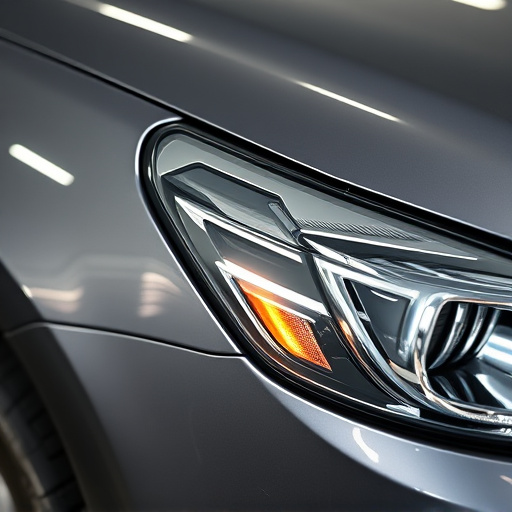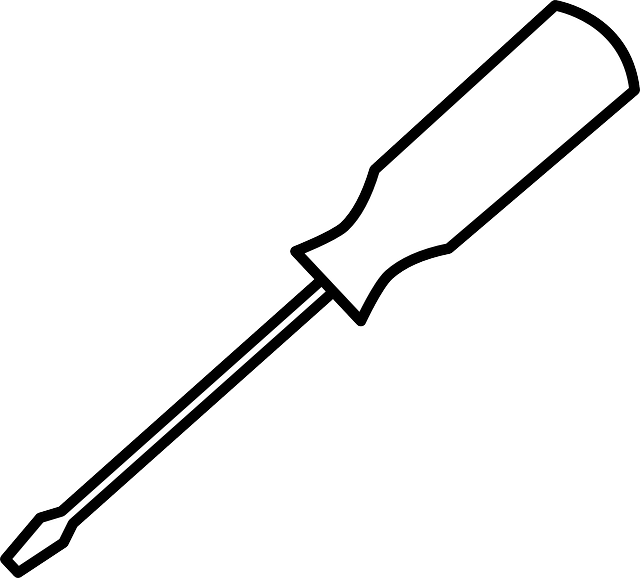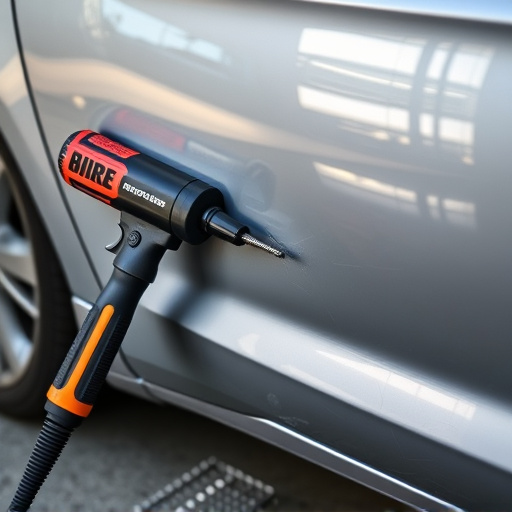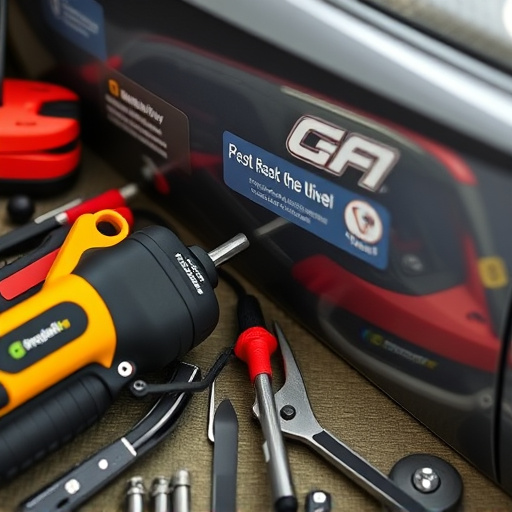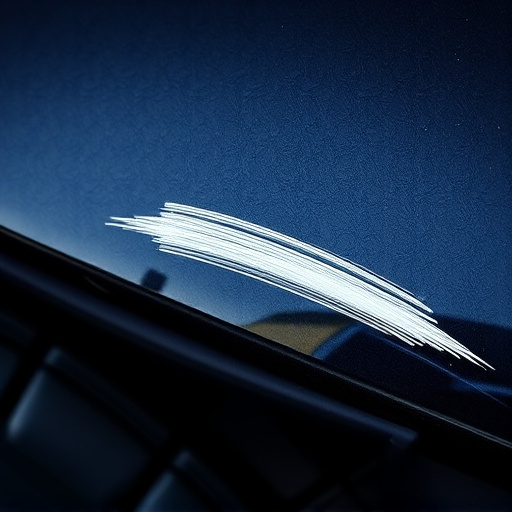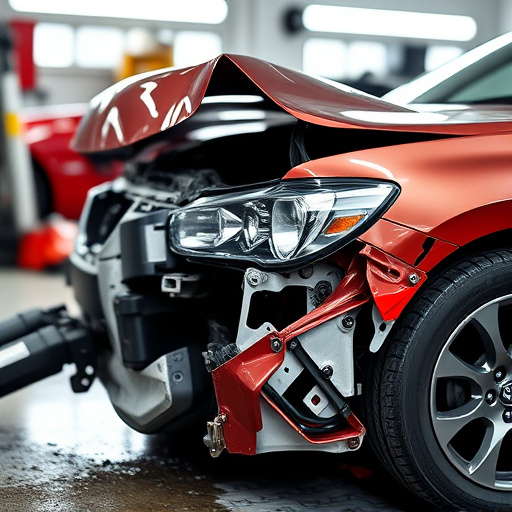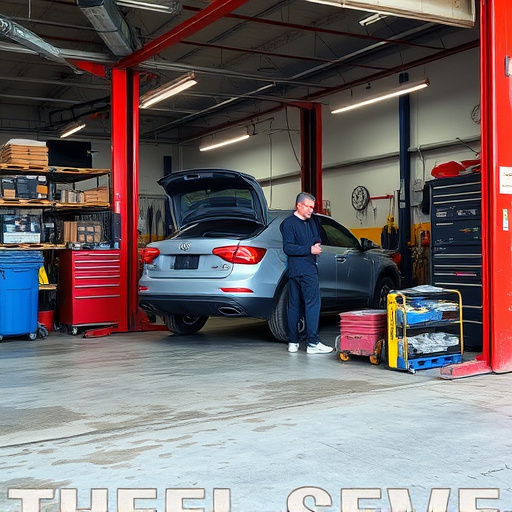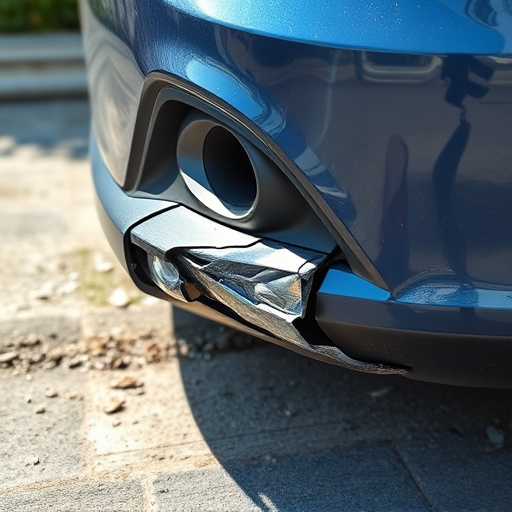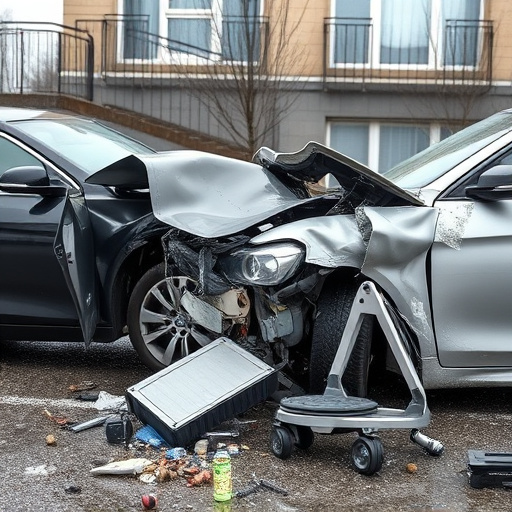After a car accident, especially a fender-bender, perform a thorough brake system inspection for wear, damage, and contamination. Visually check pads, rotors, lines, and fluid levels; address any issues promptly to prevent further damage and ensure vehicle safety through professional collision repair services.
After a fender-bender, a thorough brake system inspection is crucial. This guide walks you through assessing critical brake components for signs of wear or damage. From visual inspections revealing potential issues like warped rotors or worn pads, to testing brake functionality and efficiency, each step ensures your safety. Learn how to navigate the process effectively, as prompt action can prevent future accidents and enhance your vehicle’s overall performance following a collision.
- Assessing Brake Components After a Collision
- Visual Inspection: Signs of Wear and Damage
- Testing Brake Functionality and Efficiency
Assessing Brake Components After a Collision

After a fender-bender accident, a thorough brake system inspection is crucial. The collision can cause significant damage to various brake components, which are vital for safe driving. During the assessment, mechanics at a reputable collision repair center or fleet repair service will closely examine the brakes’ physical condition. This includes checking for wear and tear on pads, rotors, calipers, and master cylinders. Any signs of cracking, warping, or corrosion in these parts should be addressed promptly to ensure optimal braking performance and driver safety.
Additionally, the inspection should include a review of the brake fluid’s level and condition. Fluids that have been exposed to air or contaminated during the collision may require replacement. A comprehensive brake system check by automotive repair services is essential to identify potential issues early on, preventing further damage and ensuring the vehicle’s overall safety.
Visual Inspection: Signs of Wear and Damage

After a fender-bender accident, performing a thorough brake system inspection is crucial for ensuring safety on the road. Begin with a visual inspection to identify any signs of wear and damage. Look for visible cracks or dents in the brake pads, rotors, calipers, and other components. Discoloration can also indicate issues; for instance, glowing red or yellow might suggest excessive heat buildup caused by worn-out brakes.
Pay close attention to pad thickness; thinner pads could require replacement. Check for uneven wear patterns, as this could point to misalignment or problems with the brake system’s mechanism. If you notice any of these signs during your visual inspection, it’s advisable to consult a professional auto collision center or auto repair service to assess and address potential issues, thus ensuring your vehicle is road-ready and safe to operate.
Testing Brake Functionality and Efficiency

After a fender-bender accident, one of the crucial steps in a thorough brake system inspection is to test their functionality and efficiency. This involves checking both the visual condition of brakes and their actual performance. Start by inspecting the brake pads for wear or damage; thin or warped pads may indicate a need for replacement. Next, look for any visible signs of fluid leaks from the master cylinder or calipers.
In terms of testing effectiveness, perform a road simulation where you gently apply the brakes at varying speeds to assess their response. Observe whether the vehicle slows down evenly and smoothly. Also, check for unusual noises like squealing or grinding during braking. If any discrepancies are noted, it’s recommended to consult with an auto body shop or collision repair specialist to ensure your brake system is operating optimally and safely following the collision.
After a fender-bender, a thorough brake system inspection is crucial for ensuring safety on the road. By assessing brake components, visually inspecting signs of wear and damage, and testing functionality, you can quickly identify any issues that may compromise your vehicle’s braking capability. Regular brake inspections are a vital part of maintaining your vehicle’s overall performance and preventing potential accidents. Remember, a well-maintained brake system is key to navigating the road with confidence and peace of mind.



